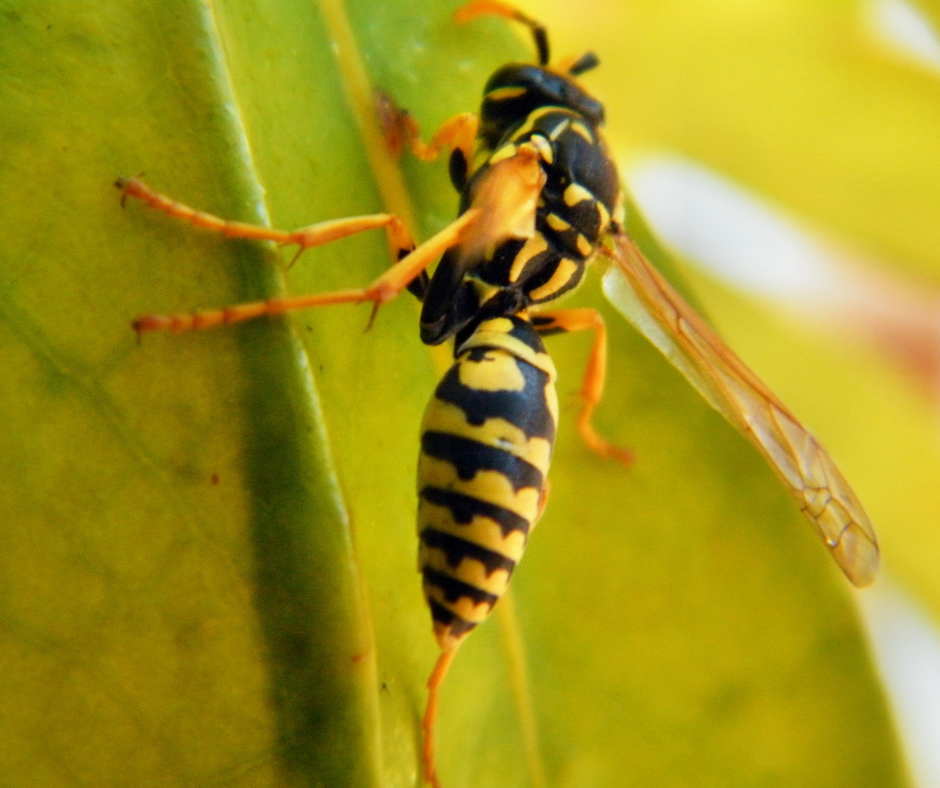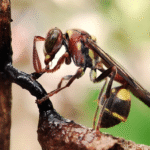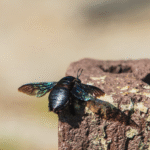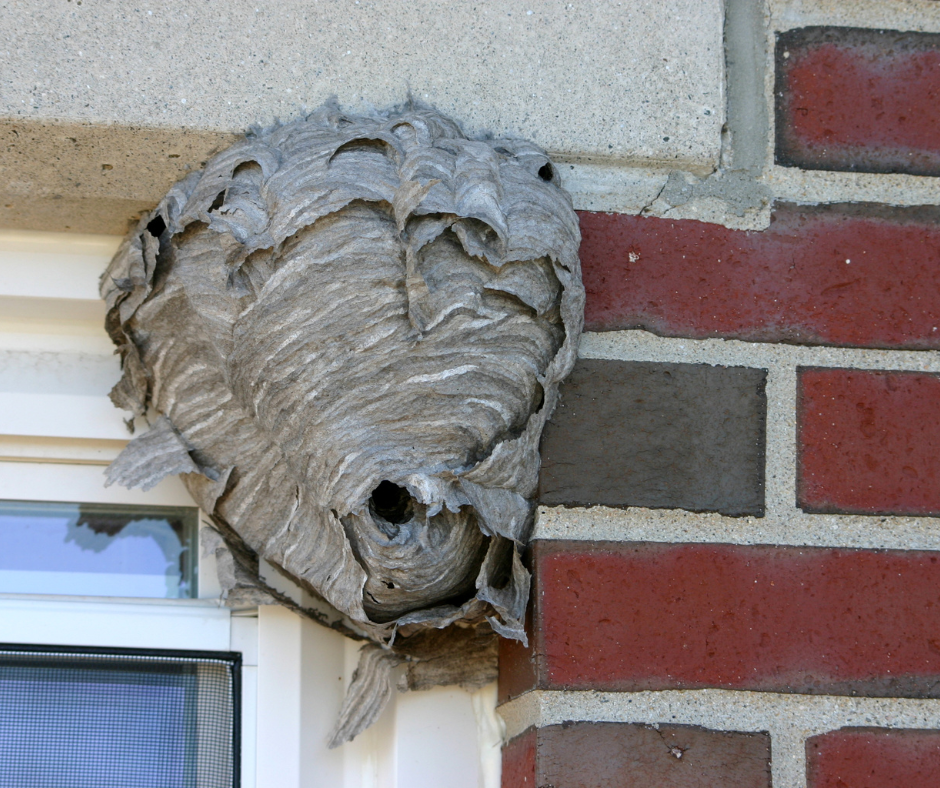Identify & Learn More About Bees & Wasps
Moderate to High Risk

Flying stinging insects that build colonies and can deliver multiple painful stings, with some species being highly aggressive
Call Athena Pest Control Immediately if:
You discover large wasp or hornet nests on your property
You find aggressive yellowjacket colonies near high-traffic areas
Bees or wasps are entering your home through walls or roof spaces
Common Species
Carpenter Bee
Large shiny black bodies, with yellow/white (male) or black (female) face markings, typically docile wood excavators
Red Paper Wasps
Slender, rusty brown with black markings and dark brown/back wings, moderately aggressive
European Paper Wasps
Similar in appearance to Yellowjackets with a larger abdomen and dangling legs in flight
Yellowjackets
Bright yellow and black, aggressive, build paper nests in ground or walls
Bald-faced Hornets
Large, black and white, aerial nests, highly aggressive when disturbed
European Hornets
Large, red and brown, with yellow and black banded abdomen, nests found in hollow trees, attics or wall voids
Where You'll Find Bees & Hornets
Under eaves, in trees, ground burrows, shed corners, playground equipment, outdoor dining areas
Wall voids, attics, chimneys, ventilation systems, between roof tiles, garage areas
Visible nests, increased flying activity, buzzing sounds in walls, dead insects near entry points
Tree branches, under decks, in mailboxes, irrigation boxes, dense vegetation, roof overhangs
Bees & Wasps Prevention Tips
Cover food and drinks outdoors, clean up spills immediately, secure garbage cans, remove fallen fruit
Fill ground holes, seal wall cavities, trim overgrown vegetation, remove old nests in late fall
Fix leaky faucets, empty standing water, maintain pool areas, ensure proper drainage
Wear closed-toe shoes outdoors, avoid bright colors and floral patterns, move slowly around stinging insects
Health & Property Risks
Allergic Reactions
Can cause anaphylaxis requiring immediate emergency medical attention
Aggressive Behavior
Some species become highly defensive of nests and territory
Property Damage
Large colonies can damage structures when building nests in walls
Activity Disruption
Aggressive colonies can make outdoor spaces unusable during peak season
Seasonal Activity
Peak activity occurs during warm months when colonies are established and growing:
Jan
Feb
Mar
Apr
May
Jun
Jul
Aug
Sep
Oct
Nov
Dec
Peak Season
June through September when colonies reach maximum size and become most defensive
Treatment Difficulty
DIY Effectiveness: ⭐ (Very Low) – Extremely dangerous to attempt removal without proper equipment and expertise
Why Professional Treatment is Essential: Stinging insect removal requires specialized protective equipment, knowledge of species behavior, proper timing of treatments, and safe removal techniques. Disturbing nests without proper precautions can result in aggressive swarming and multiple stings.
Expected Timeline: Same-day removal for most nests, with follow-up treatments if needed for ground-nesting species
Bee & Wasp Myth Busters
Myth: All bees and wasps are equally aggressive
Truth: Honey bees are generally docile while yellowjackets are highly aggressive
Myth: Killing one wasp attracts more
Truth: While alarm pheromones can alert others, individual wasps don’t typically call for backup
Myth: Wasps serve no beneficial purpose
Truth: Wasps are important predators that control many garden pests and agricultural insects



